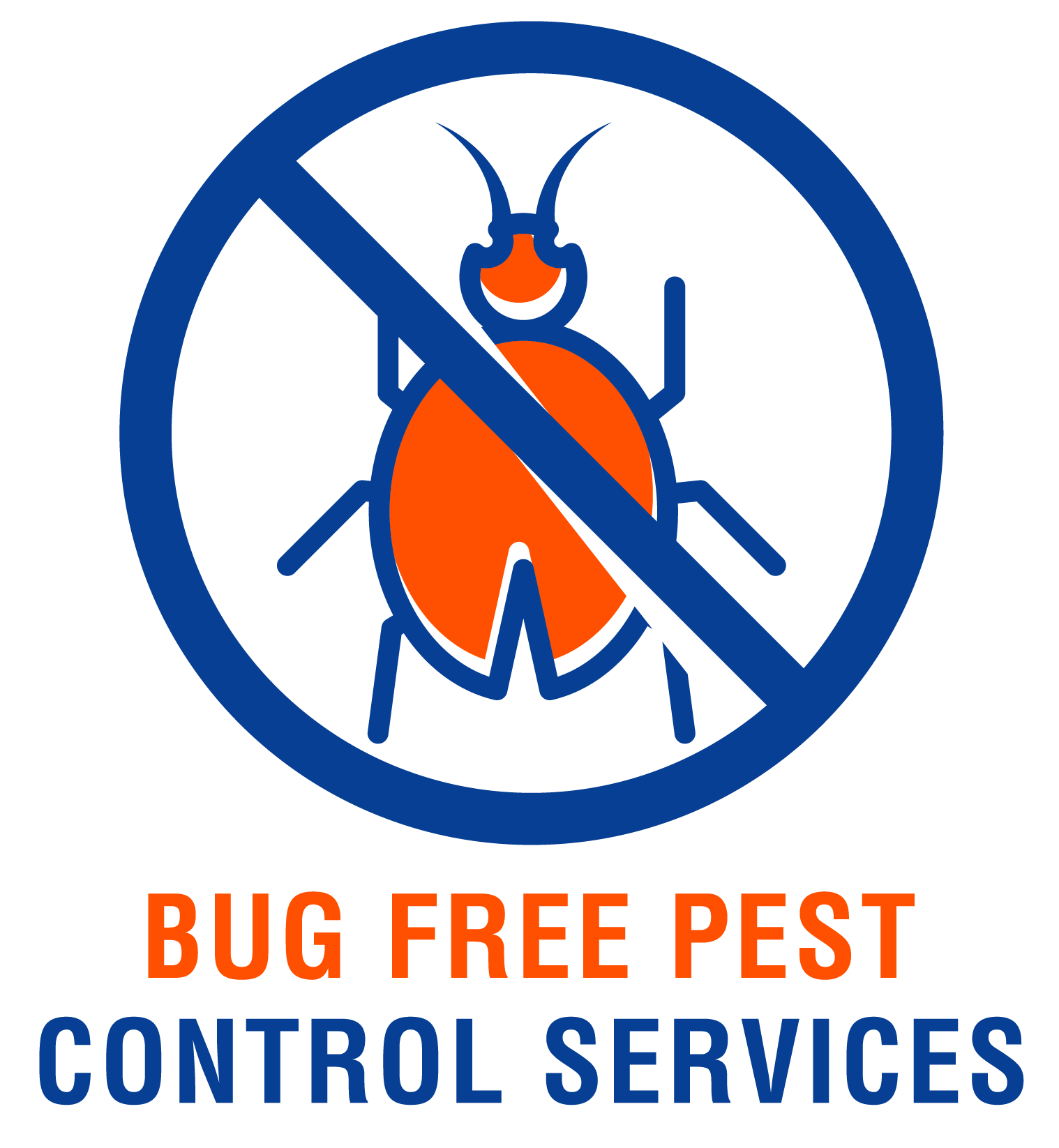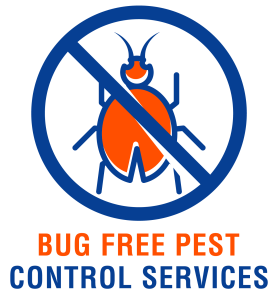Have you noticed how challenges in workforce availability can impact the services you rely on, especially in industries like pest control? Labor shortages have been a growing concern across many sectors, and the pest control industry is no exception. Understanding how to address these shortages is crucial for maintaining high-quality services and keeping homes and businesses free of pests.
Understanding the Labor Shortage in the Pest Control Industry
The pest control industry has been facing a notable labor shortage, influenced by a variety of factors. The need for skilled technicians who can effectively manage pest populations and ensure safety is paramount. When there aren’t enough qualified workers, it can lead to delays in service and hinder the overall quality of pest management.
Factors Contributing to the Shortage
Several factors contribute to this labor shortage. Some of the primary reasons include:
- Low Pay: Many pest control positions do not offer competitive salaries, making it hard to attract and retain skilled workers.
- Work Environment: The nature of pest control work can be challenging. It often requires working in uncomfortable conditions, such as hot, humid environments or dealing with various pests.
- Lack of Awareness: Many potential employees are unaware of the career opportunities within the pest control industry. It’s not often viewed as a top career choice compared to other trades.
These factors lead to a pool of unqualified applicants, further exacerbating the labor shortage.
The Impact of Labor Shortages
Labor shortages in pest control can have widespread effects not just on businesses but also on customers and the community. Understanding these impacts can shed light on why it’s essential to address the issue promptly.
Decreased Service Quality
When there aren’t enough technicians to handle requests, it can compromise service quality. Fewer employees often mean that existing technicians are overwhelmed, leading to rushed or inadequate treatments.
Increased Costs
With labor shortages, businesses may need to offer higher wages to attract talent, thereby increasing operational costs. These costs are often passed on to the customers, making pest control services more expensive.
Customer Dissatisfaction
When service is delayed or inadequate due to a lack of personnel, customer satisfaction inevitably declines. Repeat business is crucial in this industry, and losing loyal customers can be detrimental.
Social Impact
The pest control industry plays a significant role in public health. Inappropriate pest management can lead to health issues, especially if infestations are left untreated. A labor shortage can therefore have ripple effects on community health and safety.
Strategies to Address Labor Shortages
Fortunately, there are strategic approaches that can help mitigate the impact of labor shortages in the pest control industry.
Improving Compensation
To attract skilled technicians, businesses should consider revisiting their compensation packages. Offering competitive salaries alongside benefits can make a significant difference.
| Type of Compensation | Recommendation |
|---|---|
| Base Salary | Competitive rates based on industry standards |
| Health Benefits | Access to healthcare and insurance plans |
| Bonuses | Performance-based incentives |
By investing in your workforce, you’re not just hiring employees; you’re building a loyal team that feels valued.
Enhancing Work Conditions
Improving working conditions can also make the field more attractive. Techniques may include:
- Providing proper safety equipment.
- Offering opportunities for flexible scheduling.
- Creating a supportive and positive work environment.
When technicians feel safe and supported, it can lead to job satisfaction and higher retention rates.
Offering Training and Career Development
Investing in training programs is vital. When you provide employees with the opportunity to grow their skills, it not only helps them build confidence but also enhances their performance.
- On-the-Job Training: Allow new hires to shadow experienced technicians.
- Certifications: Encourage ongoing education and certification programs, which can help workers advance their careers.
Raising Awareness of Career Opportunities
Many individuals simply aren’t aware that pest control can be a fulfilling career. As a company, you could take several steps to raise awareness:
- Partnerships with Schools: Team up with local vocational schools or community colleges to introduce students to pest control as a career option.
- Job Fairs: Attend job fairs and community events to promote available positions and showcase the benefits of working within the pest control industry.
- Social Media Campaigns: Utilize social media to share testimonials and highlight the day-to-day experiences of technicians, emphasizing job satisfaction and growth opportunities.
Creating a narrative around pest control as a valued profession can attract more people into the field.
Building a Talent Pipeline
Creating a long-term strategy to build a talent pipeline can help ensure that your company is consistently staffed with quality technicians.
Recruitment Efforts
Your recruitment strategy should be proactive rather than reactive. Here are a couple of methods to consider:
- Internship Programs: Develop internship opportunities that allow newcomers to gain hands-on experience while earning some compensation.
- Referral Programs: Encourage current employees to refer potential candidates. Offering bonuses for successful referrals can motivate your staff to bring in new talent.
Networking Within the Industry
Involvement in pest control associations and forums can help you connect with potential employees and share resources for recruitment.
- Trade Shows: Participate in pest control trade shows to network and recruit.
- Online Communities: Engage actively in online forums where pest control professionals gather.
Emphasizing Technology in Training
As the pest control industry evolves, so does the technology used in pest management. It’s essential that your training programs adapt to include new technology.
Use of Pest Control Apps
Introducing technicians to pest control management software can enhance their efficiency and ability to serve clients. Consider offering training on:
- Scheduling Software: Teach technicians how to efficiently schedule and manage their appointments using smart tools.
- Pest Identification Apps: Equip them with tools for quick identification of pest issues, allowing for a more rapid response.
Remote Training Opportunities
Offering online training sessions can help you reach more employees and schedule training at convenient times, enhancing the learning experience without impacting their daily responsibilities.
The Role of Leadership
Strong leadership within company structure plays a crucial part in addressing labor shortages. Leaders must foster a positive culture and align company vision with employee needs.
Providing Clear Communication
Make sure employees know they can share their concerns and suggestions. Establishing open lines of communication creates trust and helps in identifying issues before they become significant problems.
Culture of Appreciation
Recognizing and rewarding hard work can dramatically uplift morale. Simple gestures, such as verbal praise or employee of the month programs, can go a long way in making your employees feel valued.
Collaborating with Educational Institutions
Working with educational institutions can create a synchronized effort in building a skilled workforce for the pest control industry.
Establishing Training Programs
You could collaborate with vocational schools and training centers to create specialized courses aimed specifically at pest control mechanics. By tailoring programs to meet industry needs, you’re ensuring that graduates are workplace-ready.
Apprenticeships
Creating apprenticeship programs can also bridge the gap between theory and practical application. Students gain real-world experience while employers can cultivate newcomers who are already familiar with their operations.
Adapting to Change
In a constantly changing world, being adaptable is crucial for any business, especially in pest control. Factors such as climate change can alter pest behavior and population dynamics, thereby impacting labor needs.
Continuous Education
Encouraging continuous education for your staff allows them to stay updated on industry changes and emerging pest management technologies.
- Workshops: Attend workshops that focus on new trends and technologies.
- Webinars: Regularly hold internal webinars that educate employees about seasonal pest behaviors and effective treatments.
Flexibility in Operations
Being flexible in how your business operates can help address labor shortages. For instance, consider remote work capabilities for administrative staff to reduce burnout and turnover.
Conclusion
Addressing labor shortages in the pest control industry is not just a matter of hiring more employees. You need to consider various factors, including compensation, work conditions, training opportunities, and overall company culture. By taking proactive steps, you’ll not only enhance the professional environment but also ultimately improve the customer experience.
Your actions today will determine how well your business adapts to the challenges ahead. As you implement these strategies, you’ll foster a committed workforce capable of delivering excellent pest control services, making your company a leader in the industry. Remember, the key to overcoming labor shortages lies in building a solid foundation for your team and promoting a culture of continuous improvement.





